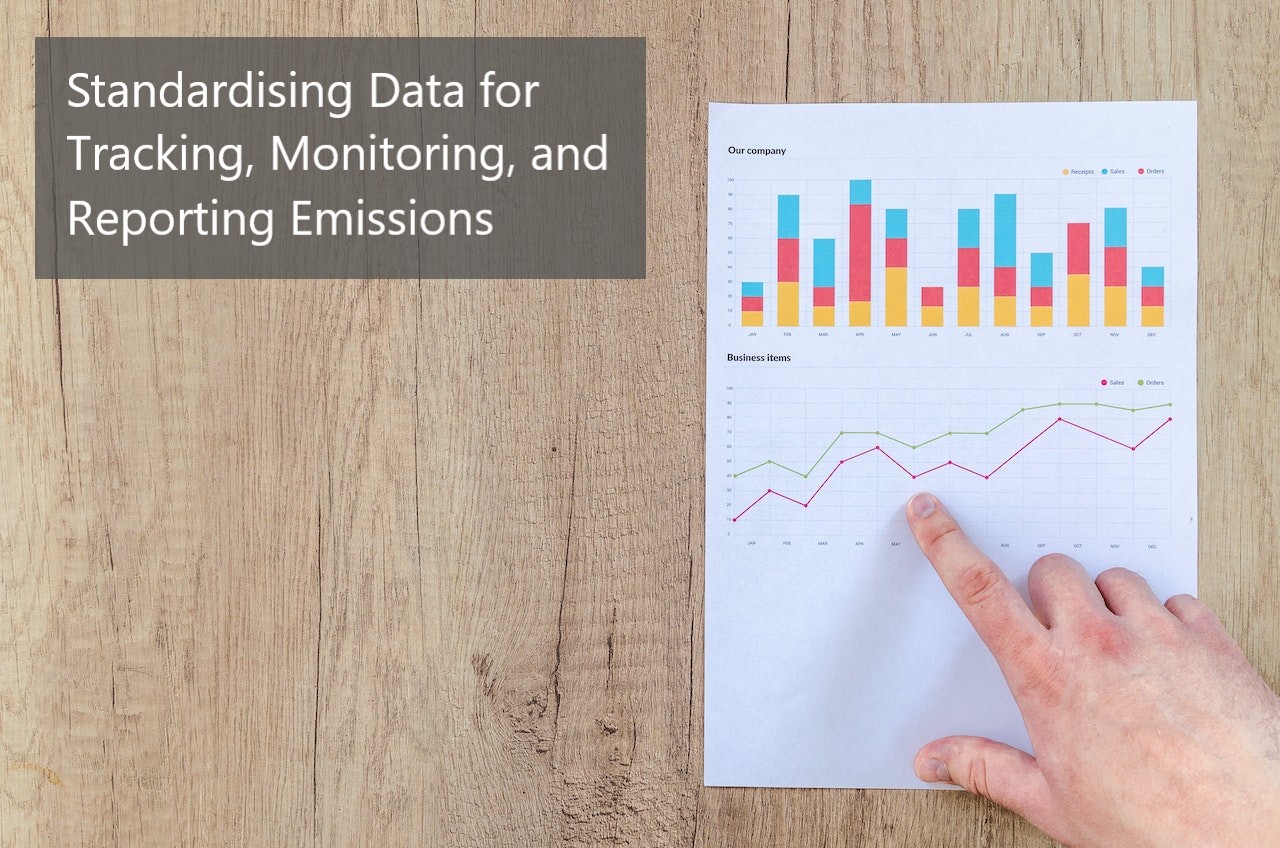
Measuring Emissions – Where should we start? Standardising data for tracking, monitoring, and reporting emissions
Jurisdiction: International
Climate change is forcing governments and regulators to enforce stringent norms for businesses to reduce emissions and address environmental risks. There is no standard framework for reporting ESG and climate related risks, leading to non-uniform data. How can this issue be addressed to help organisations better report on their emissions?
The International Sustainability Standards Board (ISSB) was established in 2021 to define global baseline standards for climate disclosure and sustainability reporting. Regulators around the world are in the process of drafting detailed disclosure requirements that will align with the ISSB standards.
In the United States, the Securities and Exchange Commission (SEC) is soon to release final rules on climate-related disclosure reporting. In Europe, the European Central Bank (ECB) has already implemented climate-related disclosure reporting, with the first reporting period beginning in June 2023. The Australian government has recently released a consultation paper on climate-related financial disclosure reporting, which provides standardised, internationally aligned reporting requirements for businesses to make disclosures regarding governance, strategy, risk management, targets, and metrics, including greenhouse gas emissions.
Businesses around the globe, including Australia, are slowly preparing to adhere to these disclosure requirements. However, one of the major hurdles faced by organisations is the data required for reporting. There is no one-size-fits-all approach to data collection, as different reporting metrics have different reporting boundaries. For example, when it comes to energy use in an office building, it may be considered as Scope 1 or Scope 2 emissions, depending on whether the energy is self-generated or purchased from an external source. In some cases, it may be a mix of both, which can complicate the use of the data.
Similarly, for an airline company flying across borders, there is no defined criteria on how the data needs to be distributed among the countries. There is also no consistency in the availability and quality of data for reporting. For organisations with complex supply chains or operations in various regions, or conglomerates with varying businesses, integrating data from across the businesses can be another challenge.
In addition, the data collected is not standardised in a specific format, and there is no consistent taxonomy for the various data points across the business. This makes data collection, ensuring data quality, and reporting extremely difficult. The other major challenge is integrating this data into financial risk calculations.
All these factors contribute to making the reporting process tedious and, to an extent, inaccurate.
So, how can organisations address these issues and improve their reporting of carbon emissions?
Additional Information
External links:
• Climate-related financial disclosure - Consultation paper June 2023 PDF
• Infosys paper - Being light-footed on carbon emissions
Image credit: Banner photo by Lukas from Pexels. Disclosure Data Requirements by Infosys Consulting - ESG Carbon Footprint.
Entry: Challenge entry is available to all teams in Competition 2023.
Dataset Highlight
Environment, Social And Governance Data
